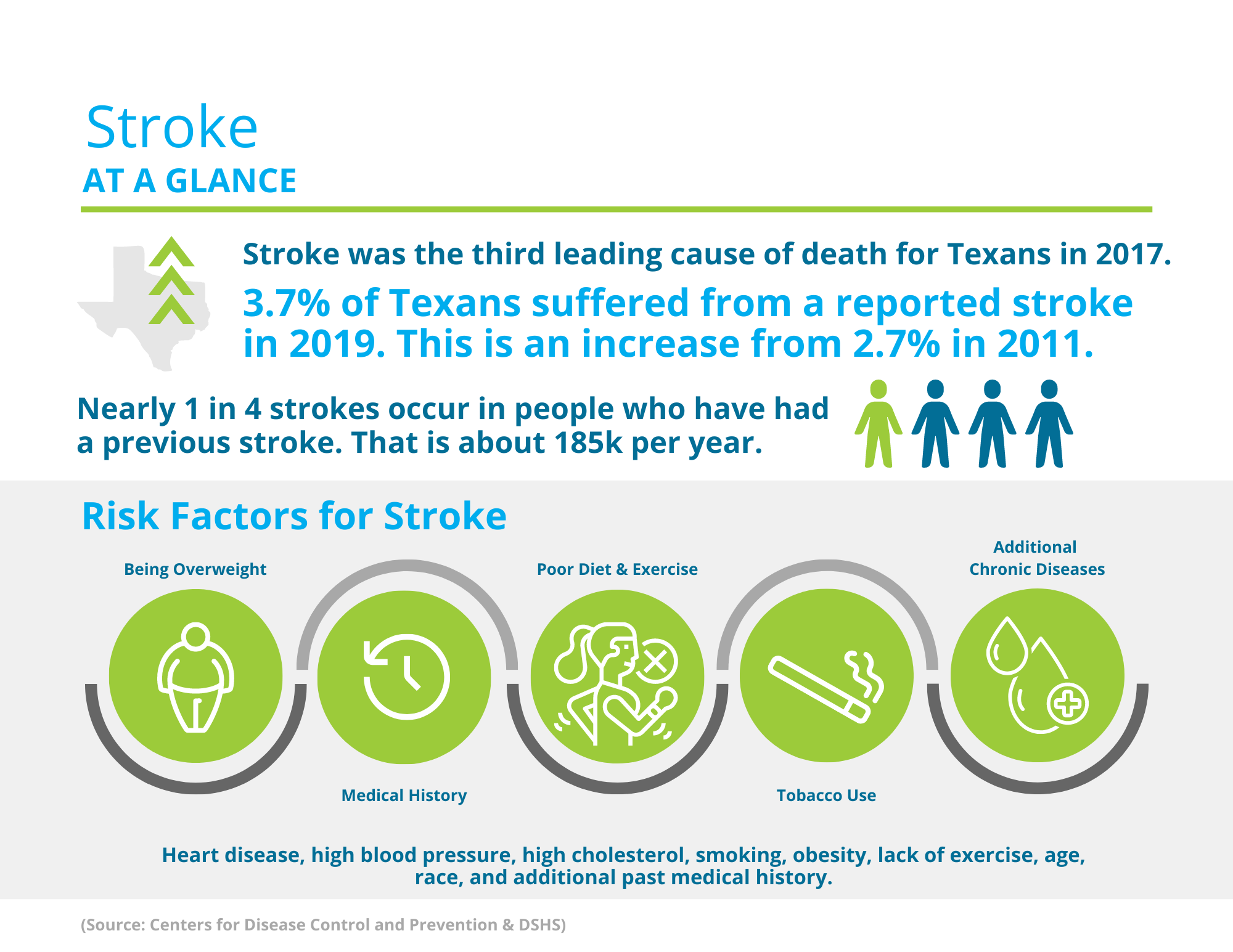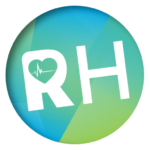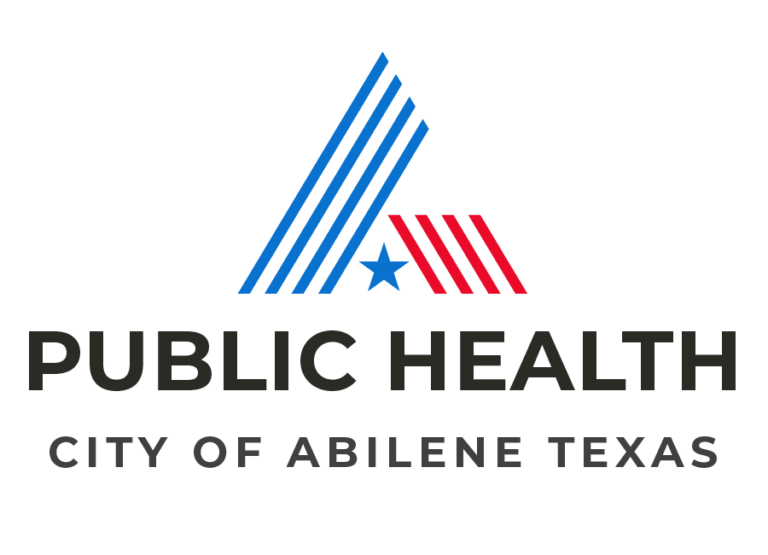
What is a stroke?
A stroke is a medical emergency, seeking immediate care is very important. A stroke occurs when blood supply to the brain is either reduced or restricted. Blood flow to the brain is important for oxygen and nutrients. If blood is cut off or reduced to the brain, brain cells can die within minutes. Some of the things to look out for if you are concerned that yourself or someone else is having a stroke are: trouble speaking such as slurred words, numbness of the face, arm, or leg, sudden and severe headache, trouble walking, trouble with balance, or trouble seeing.
A common acronym for stroke symptoms is “FAST”, and this is when you should seek medical attention:
- Face – is one side of the face drooping or numb? Ask the person to smile, is the smile crooked or uneven?
- Arm weakness – Is one arm weak or numb? If the person raises both arms, does one arm fall downward?
- Speech – Is there slurred speech? Is there difficulty talking?
- Time – Time to call 911! If you observe any of these symptoms call 911 or seek emergent care immediately, do not wait to see if symptoms resolve or get worse.
Remember these are warning signs, and not a diagnosis of stroke.
Causes?
Doctors have identified two main causes of stroke: a blocked artery or a blood vessel that has burst or leaked. A stroke caused by a blocked artery in the brain is referred to as an ischemic stroke. A blocked artery can occur due to fatty deposit buildup on the artery (see high cholesterol), or by blood clots. When a blood vessel in the brain leaks or ruptures, this is referred to as a hemorrhagic stroke. Hemorrhagic strokes can be caused due to uncontrolled high blood pressure, trauma to the brain, aneurysms, overtreatment with blood thinners, or an ischemic stroke that leads to a hemorrhagic stroke.
It is possible to have a transient ischemic stroke (TIA). You may have heard of this being referred to as a mini stroke. A TIA is a temporary decrease in blood supply to the brain, and generally does not cause severe damage. TIA symptoms may be mild or resolved. However, it is very important to still see immediate medical care to make sure you are not having a stroke, and that blood is flowing properly.
Diagnosis and treatment?
If you or someone you know is experiencing stroke symptoms, you should be in emergency care such as an emergency room. The doctors and nurses will be moving quickly to determine if the cause of your symptoms is a stroke. Some of the diagnostic testing will include a physical exam, neurological physical exam, blood pressure, blood test, and CT scan. These tests are commonly performed. Other diagnostic testing includes MRI imaging, carotid ultrasounds, cerebral angiogram, or echocardiogram. Imaging tests provide doctors with a detailed scan of the brain, and a look at blood vessels.
Like diagnostic testing, if a stroke is occurring treatment will occur very rapidly. There are several treatment options that will depend on your doctor and medical team’s recommendation. Some of the common treatments are emergent IV medication TPA that dissolves blood clots, emergency endovascular procedure, carotid endarterectomy, angioplasty, stents, or surgery. Recovery will also be a large part of treatment. Different recovery options are seeing a neurologist, rehab, physical therapist, occupational therapist, or a speech pathologist.
Prevention?
Prevention for stroke is about reducing risk factors. Although you may reduce risk factors, it does not mean you eliminate your chance of stroke completely. Even if you are healthy and experience stroke symptoms, please seek immediate emergency care. Some prevention techniques to reduce risk factors are controlling high blood pressure, controlling cholesterol levels, stopping smoking, controlling diabetes, maintaining healthy weight, healthy diet, regular exercise, alcohol consumption in moderation, controlling sleep apnea, and avoiding illegal drugs. Please speak with your doctor about your individual risk factors, and prevention techniques.
For more information: https://www.stroke.org/en/about-stroke


